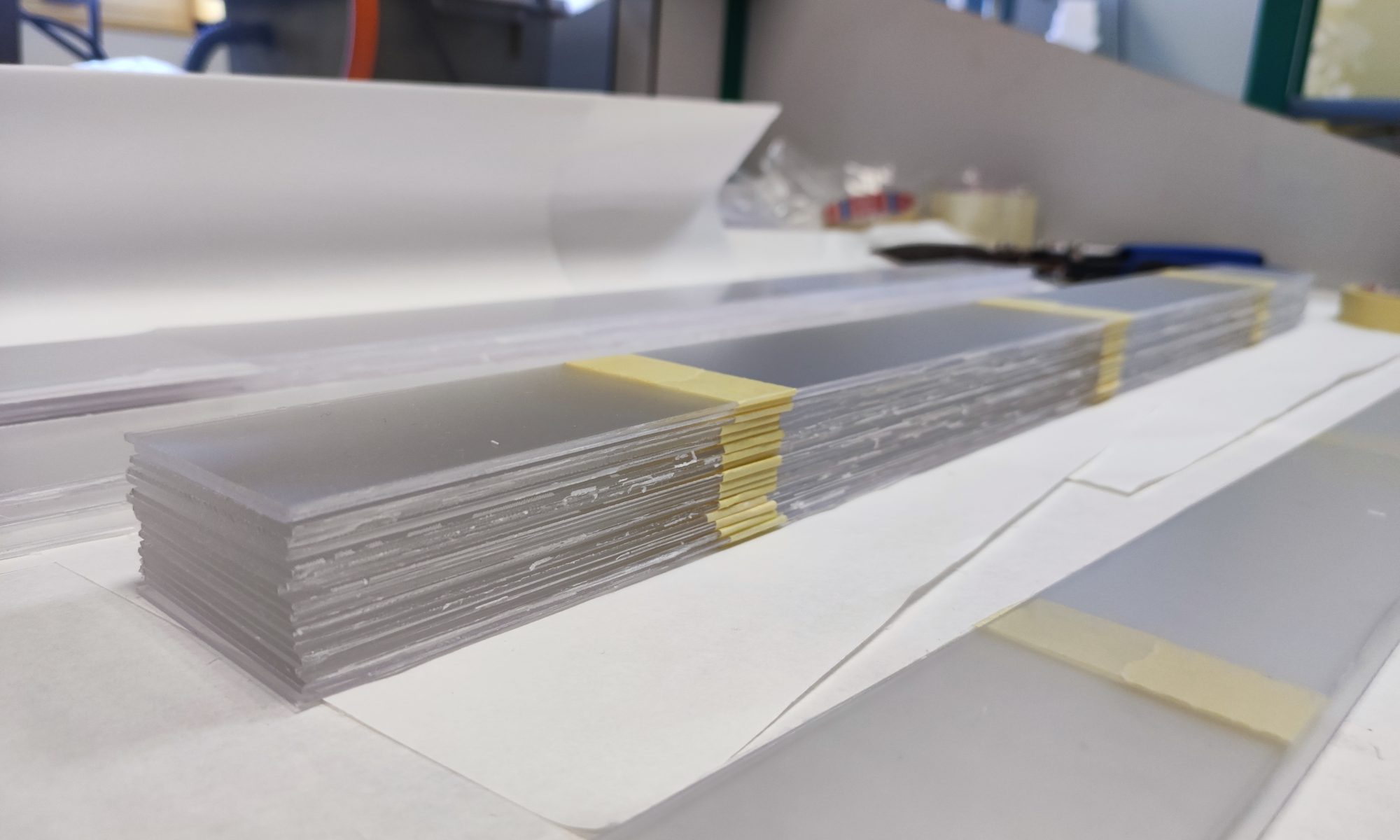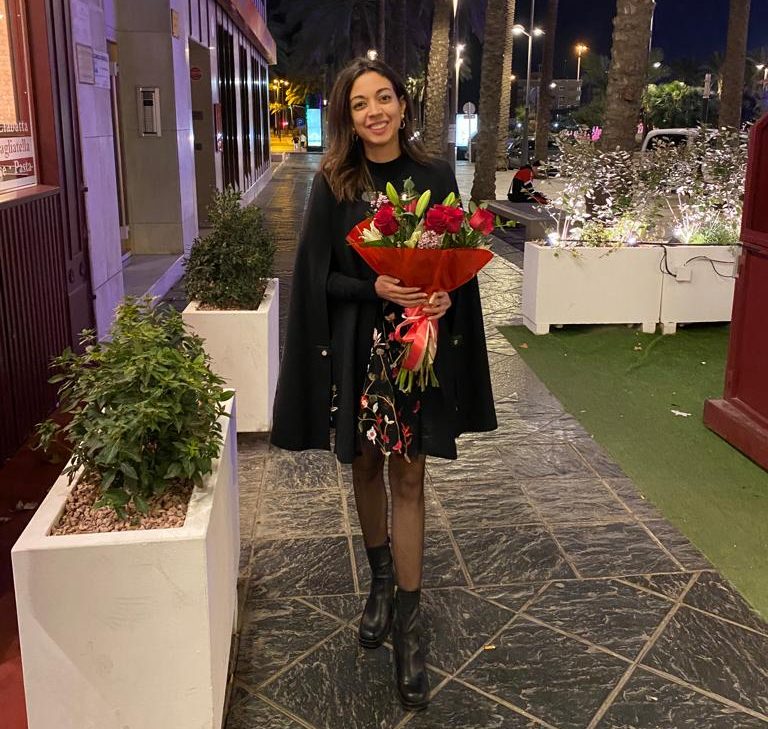
A successful meeting has been held at the European Commission DG Environment, funders of INSIGNIA-EU, in Brussels, Belgium, attended by consortium members from 11 different countries, together with representatives of other European Commission bodies and the European Parliament. The results of the pilot studies carried out in three European countries during 2022, together with other preliminary investigations, were reported. These studies compared a range of different matrices to sample a wide range of different environmental pollutants. The most effective combination of matrices which have now been selected for implementation, together comprise an integrated, non-destructive sampling regime, which will in 2023 be carried out by citizen scientist beekeepers in their bee hives in all 27 EU countries throughout the season. In a few weeks a practical meeting will be held in Wageningen, Netherlands attended by the INSIGNIA-EU National Coordinators of each country to receive training in the sampling techniques to be used by their citizen scientists.






